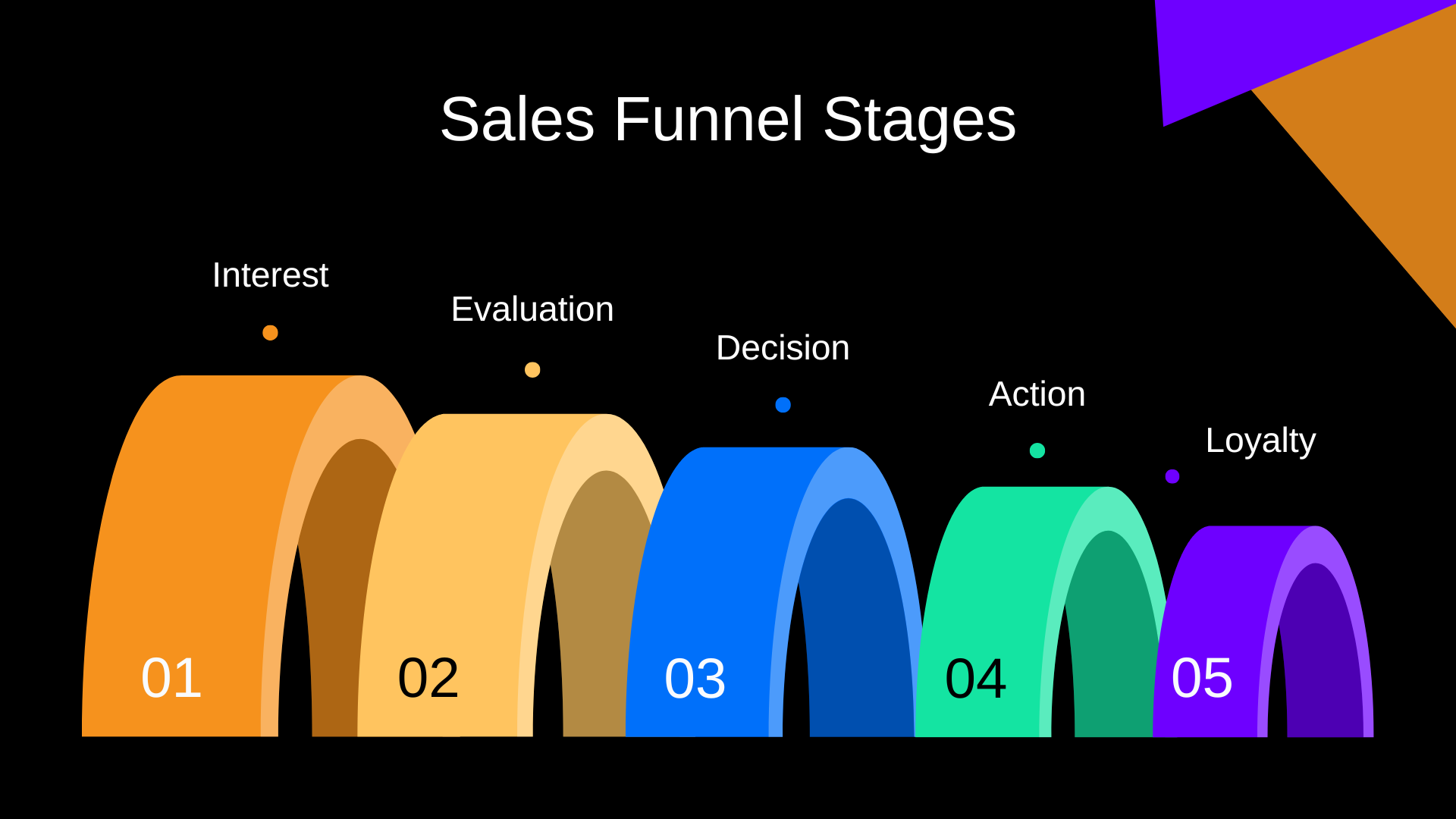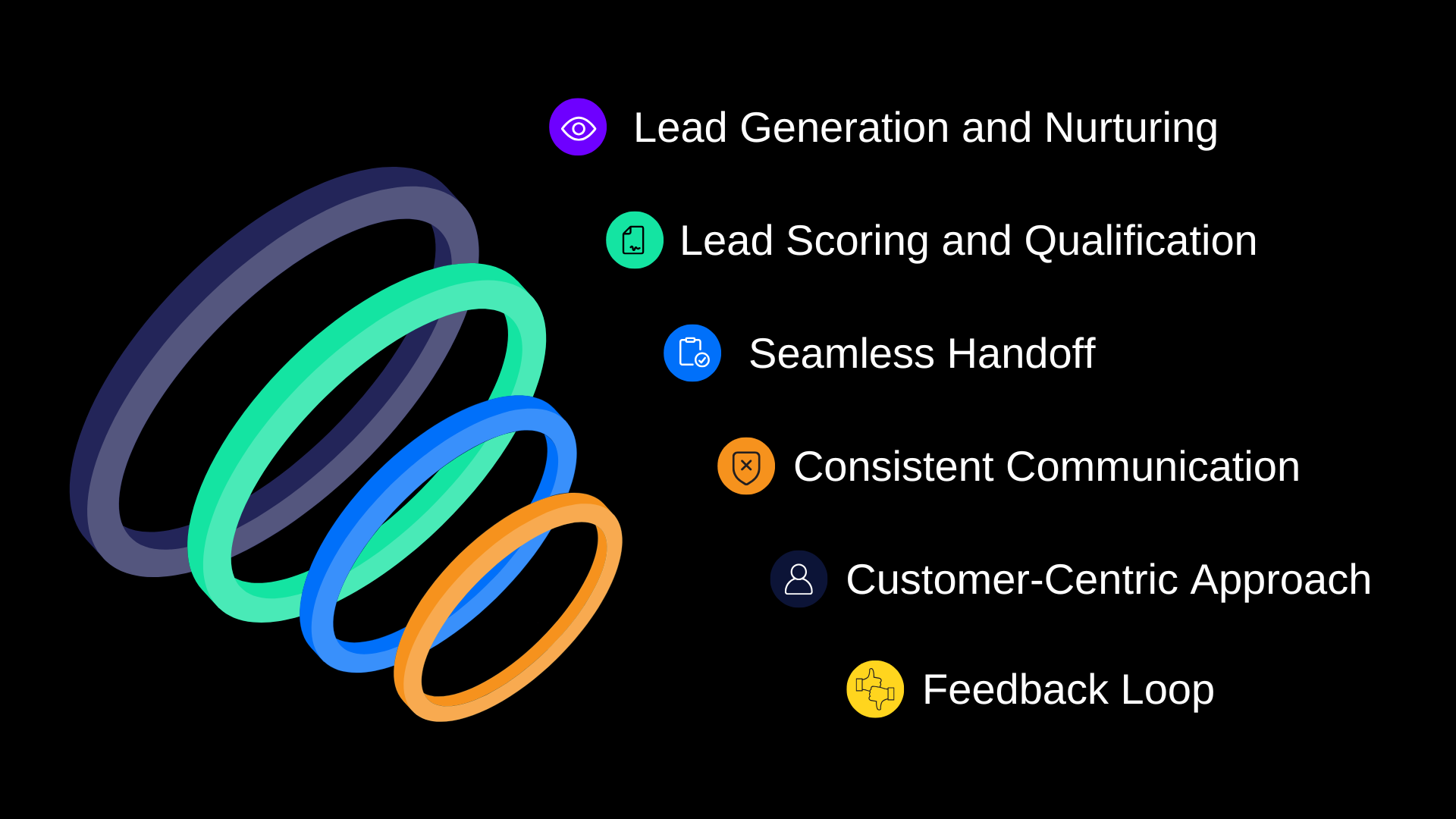Marketing Funnel vs Sales Funnel: Understanding the Key Differences and How They Work Together
Understanding both the marketing funnel vs sales funnel is essential for driving business growth and generating leads into devoted consumers. While complementary, both models guide prospects through their buyer’s journey differently. While the sales funnel emphasizes closing agreements and creating long-term partnerships, the marketing funnel stresses awareness and nurturing of interest. Businesses may establish a unified strategy that maximizes efficiency and results by knowing these channels and how they interact.
We will discuss today the main variations between the sales and marketing funnels as well as their cooperative nature to attain success.
What is a Marketing Funnel?
The “awareness funnel,” or marketing funnel, attracts and retains clients. Consider it as extending the net at the start of a consumer’s buying journey. This funnel aims to raise awareness, trust, and product interest. Fundamentally, the marketing funnel creates leads by providing consumers with worthwhile experiences that speak to them.
Exploring the Key Steps of a Marketing Funnel
Each stage of the marketing funnel focuses on converting prospects into loyal customers.
- Awareness Stage Activities:
- Content marketing for visibility via videos, infographics, or blogs.
- Online ads and social media efforts to expand reach.
- SEO techniques aiming at improving search engine discoverability.
- Interest Stage Activities:
- Email marketing and newsletters for specific audiences.
- Organizing live events or webinar presentations to offer more analysis of your products.
- Offering free e-books or tutorials to increase value and engagement.
- Consideration Stage Activities:
- Using brochures, demos, or case studies, provide thorough information about products or services.
- Sharing consumer reviews to build trust.
- Customized follow-ups or consultations to handle certain needs and issues.
Businesses can nurture prospects and turn them into long-term clients by connecting these activities with the marketing funnel.
 What is a Sales Funnel?
What is a Sales Funnel?
When comparing the sales funnel vs marketing funnel, there is an essential difference between them. The former focuses on converting leads into paying customers, while the latter concentrates on generating interest. Known as the “conversion funnel,” the sales funnel closes business and builds relationships. The main goal of the sales funnel is to build a strong relationship with potential clients and support them from evaluation to purchase.
Unlocking the Secrets to a Successful Sales Funnel
The sales funnel includes these stages:
- Interest: We identify leads who are interested in your products. By reading your material, visiting your website, or signing up for a subscription. At this point, they’re exploring your product and how it can help them.
- Evaluation: Potential customers evaluate your product or service to see if it satisfies their needs. In this phase, they may compare you to competitors, read reviews, or explore your features and benefits. To keep customers involved, provide specific information and answer their questions.
- Decision: Purchase decisions convert prospects into customers. Your product is the best option after considering the alternatives. At this point, a smooth checkout procedure or discounts or assurances can assist them in the deciding process.
- Action: After conversions, a sale is made. To encourage loyalty and referrals, the focus changes to value, trust, and client satisfaction after the transaction.
-
Loyalty: Nurturing the relationship requires consistent participation, excellent customer service, and tailored communication. To create trust and appreciation, offer awards, unique promotions, and follow-ups.
Marketing Funnel vs Sales Funnel: Key Differences
Goals, Timing, and Tactics
Marketing and sales funnels are linked in the customer lifecycle, although their aims and strategies differ:
- Focus: Marketing funnels generate leads, whereas sales funnels convert them into customers.
- Timing: Marketing funnels start with awareness and last weeks or months, while sales funnels start closer to decision-making.
- Tactics: Marketing uses blogs and adverts, whereas sales funnels focus on direct communication, consultations, and personalization.
The key to coordinating your sales and marketing teams is to recognize these differences.
How KPIs Vary Between Sales and Marketing Funnels
Every funnel’s performance is followed using several key performance indicators (KPIs):
- Marketing Funnel Metrics: Lead generation, email open rates, social media engagement, and website traffic.
- Sales Funnel Metrics: Customer acquisition costs, conversion rates, and transaction completion.
These KPIs help businesses identify funnel strengths and weaknesses and differentiate the marketing funnel vs sales funnel.
How Marketing and Sales Funnels Work Together
 Marketing and sales funnels work together to guide buyers. The top of the marketing funnel attracts, engages, and nurtures the target audience through focused efforts to build awareness and interest. Qualified leads are subsequently nurtured and converted in the sales funnel. Marketing insights and leads help sales teams adapt their approach, addressing pain spots and giving tailored solutions to complete deals.
Marketing and sales funnels work together to guide buyers. The top of the marketing funnel attracts, engages, and nurtures the target audience through focused efforts to build awareness and interest. Qualified leads are subsequently nurtured and converted in the sales funnel. Marketing insights and leads help sales teams adapt their approach, addressing pain spots and giving tailored solutions to complete deals.
Collaboration between marketing and sales teams is essential for funnel success. Regular communication ensures alignment on lead scoring, shared objectives, and strategies for seamless handoffs. When marketing and sales funnels are integrated effectively, businesses can deliver a seamless customer experience and improve conversion rates.
Benefits of Integrating Marketing and Sales Funnels
Integration of marketing vs sales funnel has many benefits:
- Improved Lead Quality: Marketing provides more leads to sales.
- Shortened Sales Process: Prospects move from interest to purchase more quickly.
- Enhanced Customer Experience: A consistent flow keeps customers linked continuously.
Integration promotes departmental teamwork, resulting in an effective plan.
Tools for Success: Leveraging CRM and Automation for Funnel Harmony
Technology connects marketing and sales funnels, helping teams collaborate and achieve outcomes. Salesforce and HubSpot allow teams to share data, track lead progress, and automate follow-ups and reminders in real-time. These systems enable sales and marketing to achieve goals together.
Marketing automation tools like Marketo automate email campaigns, score leads based on engagement, and personalize messaging to ensure no prospect is missed. By combining these tools, companies may streamline the prospect-to-customer process, enhancing conversion rates and efficiency.
Tips for Optimizing Your Funnels
To guarantee the inbound marketing funnel vs sales funnel keeps working:
- Regularly Audit Processes: Assess customer journey pain spots and bottlenecks.
- Analyze Funnel Metrics: Identify trends and improvement possibilities using KPIs.
- Refine Your Strategy: Keep campaigns and methods updated to satisfy customers.
- Nurture Relationships: Build consumer trust and value to drive recurring business.
- Communicate and Collaborate: Ensure marketing and sales teams communicate to collaborate.
Monitoring and optimizing funnels lets you anticipate client wants and grow your company. A/B tests at each funnel level will also identify audience-friendly strategies. To find what works, test different marketing funnel ad copy and sales funnel follow-up methods.
Unified Funnels for a Unified Goal: Driving Growth Together
Sales and marketing funnels are not competitors; rather, they are necessary collaborators in propelling company success. The sales funnel turns leads into paying customers while the marketing funnel attracts and engages them. Knowing their specific roles and how they interact helps companies design a perfect, seamless customer experience that transforms strangers into leads and leads into devoted, long-term clients.
Integration and optimization of the marketing funnel vs. sales funnel can improve communication, lead nurturing, and stage transfers between marketing and sales teams. Along with enhancing performance indicators such as client retention and conversion rates, this alignment helps increase efficiency in reaching a common goal: long-term profitability and sustainable development. When these two funnels work together, businesses may better address customer needs and stay ahead of the competition.
Want to unlock the potential of aligned marketing and sales funnels? Partner with Webugol Agency to drive more leads, boost conversions, and grow your business effortlessly! Schedule your free consultation today to learn more!


